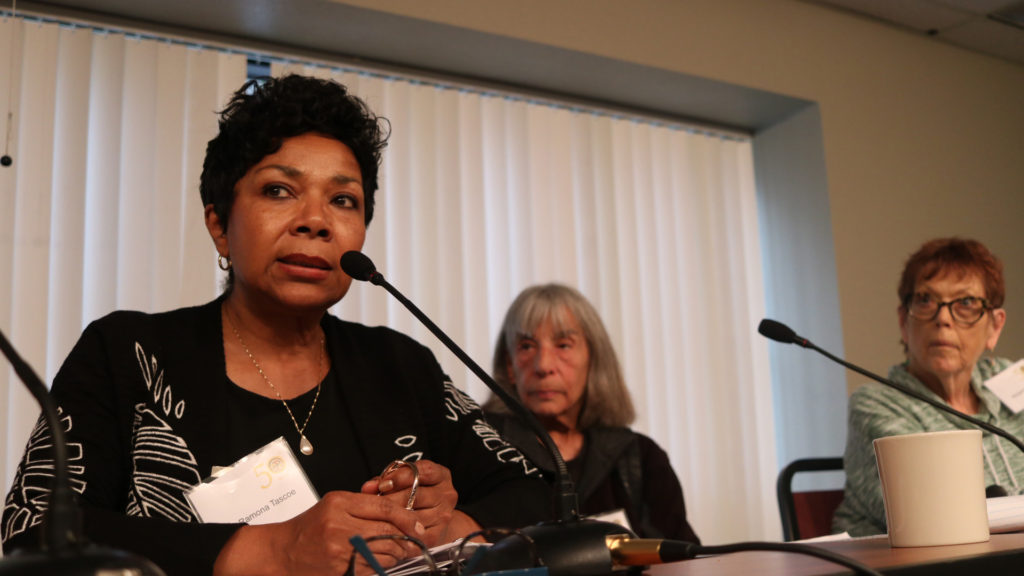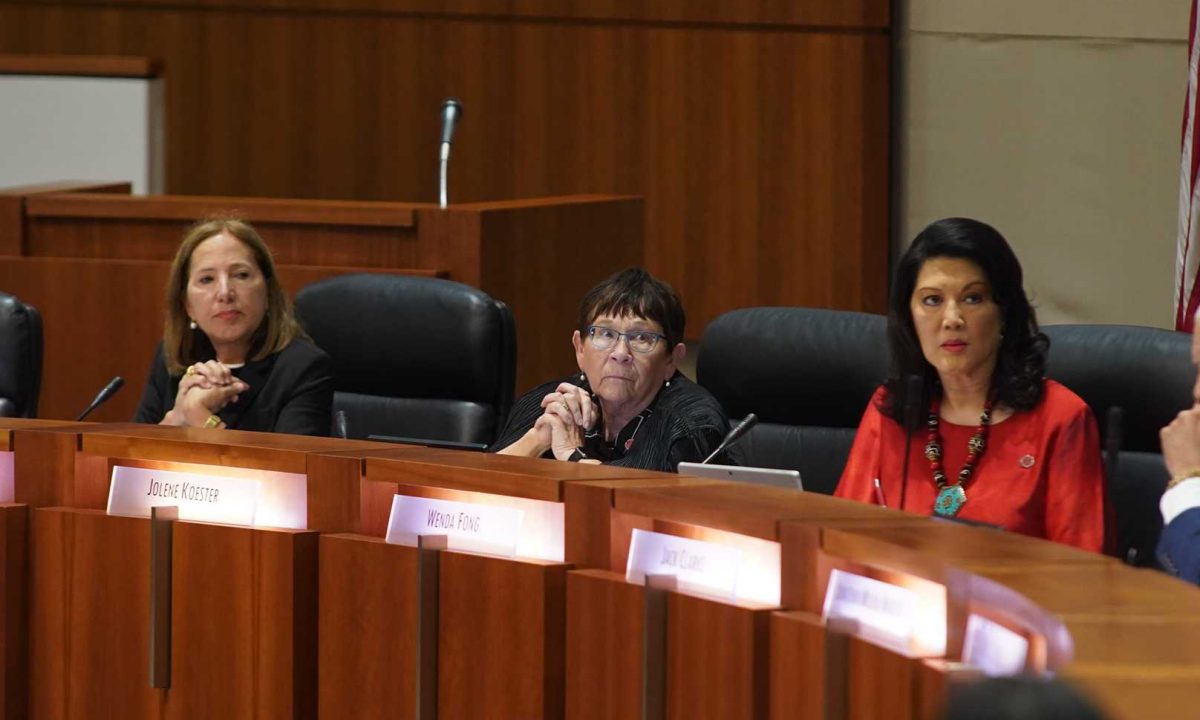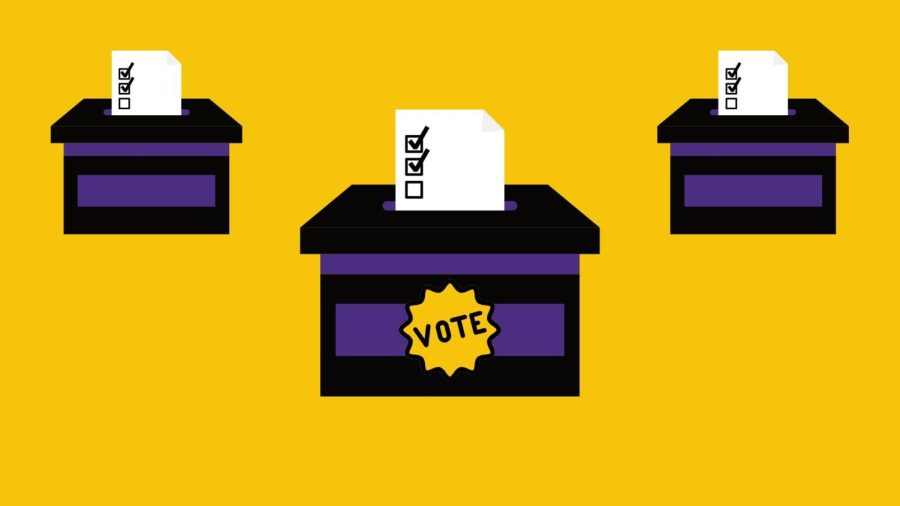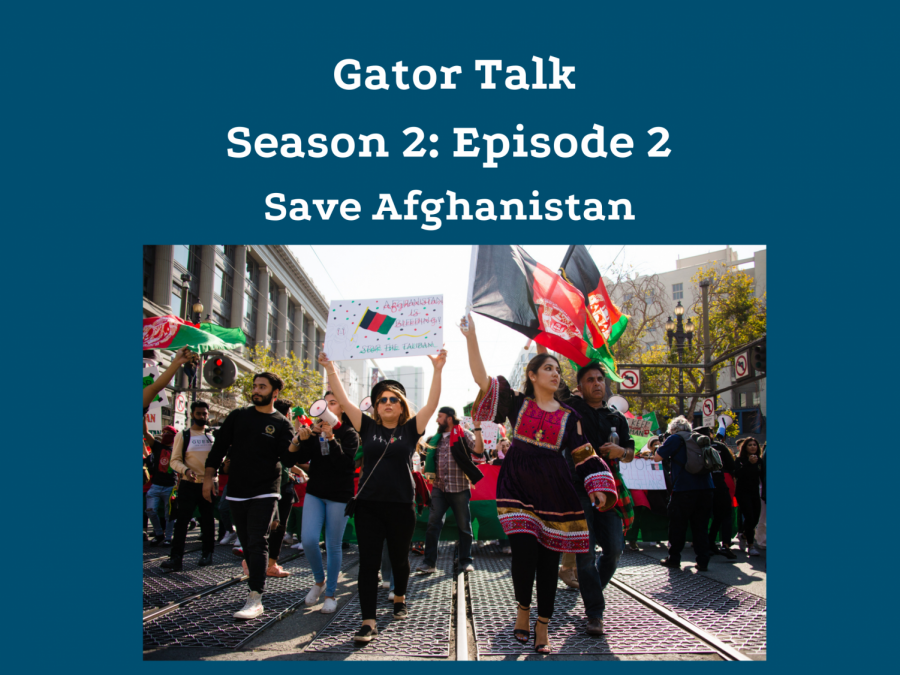At a 50th anniversary commemoration of the historic 1968 SF State strike on campus on Nov. 9, former strikers said current students are overburdened by the cost of education and under-educated regarding their own history.
A panel discussion organized by the College of Ethnic Students included former strikers, current students and legal advocates.
They discussed what it took to organize the longest strike in American higher education leading to the country’s first College of Ethnic Studies, and how academia looks today.
Roger Alvarado, a former striker with the Third World Liberation Front, said the cost of attending SF State in 1968 wasn’t even 3 percent of his annual income at the time.
“What it cost us to go to school here is an infinitely small relationship to what you’re paying,” Alvarado told an audience of roughly 45 people attending the discussion. “Not only that, but also in terms of the cost it takes to live in the Bay Area and the price of food alone.”
Luis Tapia, a current mechanical engineering major, said he struggles to attend university while working to support himself.
“I support myself entirely, I pay my own rent, I even did a supervisor position with the biology department. That was 20 hours mandatory as well and that was when taking 15 units,” Tapia said. “It’s difficult. That’s what it’s like to be a struggling student. It’s always working, always thinking about what you can do [for income].”
The Black Student Union and Third World Liberation Front — a group comprised of Asian American, Chicano, Latino and Native American students — led the strike from Nov. 6, 1968 to March 21, 1969, to fight for an education system that was more inclusive of non-European culture. The struggle to fulfill the strikers’ vision is far from achieved, said Africana studies professor Sharon Jones.
“We still have a long way to go. We have students that don’t even know who Martin Luther King is,” Jones said. “I don’t know how we’re gonna do it, but it has to be done. We need this program, and I’m disappointed to see, where are the students? The students should be here.”
Jones told the audience she was recruited in high school by Black Student Union members to attend SF State, and became a freshman during the spring 1968 semester.
“They recruited me as well as 400 other students,” Jones said. “I had no activism at all in my family, but it all changed once I got here and started learning about my history and everything that had been taken from us. It was like magic.”
Also among the panel members was former striker George Murray, then an outspoken BSU leader and SF State teaching assistant. Murray, who was also the education minister for the Black Panther Party at the time, was removed from his teaching role after being accused of making inflammatory remarks during a Fresno State College rally.
That decision was among the factors that sparked the mass student walkout in 1968.
During the panel discussion on Friday, Murray said that affecting change meant changing the school’s demographics through community recruitment and work study programs.
“We brought them in, gave orientation, got them involved, got them work study money,” Murray said. “And we began to work in various sectors and tripled the size of the tutorial program in the period of a year.”
Jerry Varnado, then-BSU coordinator, outlined an affirmative action program he worked on to admit more black students into SF State at the time.
“As time went by, we wanted more students to be admitted to SF State,” Varnado said. “It meant that you gave us your name, your telephone number and your address, and we would tell the administration to send you a letter of admission. Danny Glover got one.”








